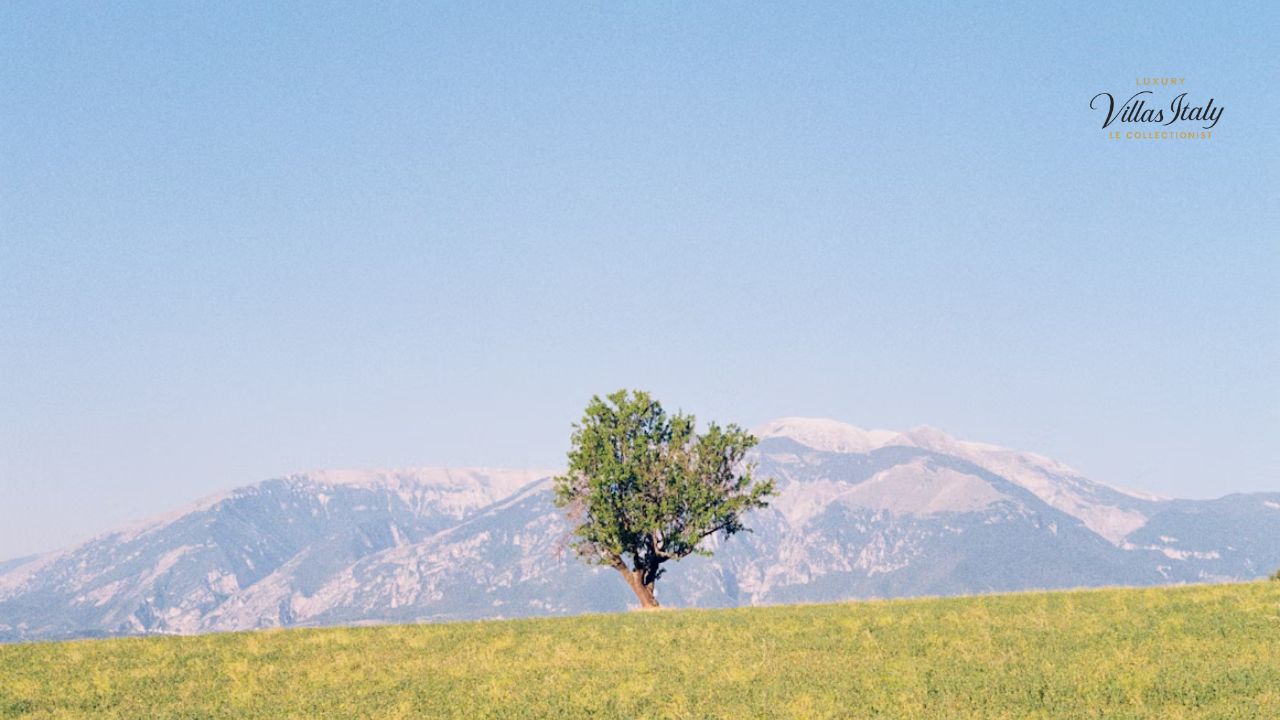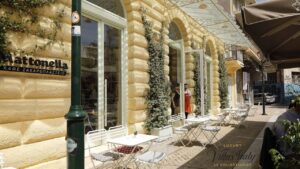Creating a stunning outdoor landscape isn’t just about space—it’s about imagination. Whether you’re looking to add shade, privacy, or vibrant color to your yard, the landscape uses of trees, shrubs, and climbers can transform your garden into a masterpiece. These plants don’t just enhance the aesthetic appeal; they provide practical benefits too. Let’s explore how they bring value to landscapes everywhere.
The Role of Trees, Shrubs, and Climbers in Landscaping
Before we dig deeper, here’s a quick summary of the key uses of these versatile plants:
| Plant Type | Primary Uses | Key Benefits |
|---|---|---|
| Trees | Shade, privacy, windbreaks | Reduce heat, promote biodiversity, and beautify |
| Shrubs | Borders, privacy screening | Add texture, structure, and seasonal interest |
| Climbers | Vertical greenery, aesthetics | Maximize space, provide cover, and reduce noise |
This table highlights the functional and aesthetic values they bring. Now, let’s examine their unique roles in detail.
Why Choose Trees for Your Landscape?
Trees are the backbone of any landscape design. These gentle giants provide longevity and grandeur to outdoor spaces, offering functions beyond mere decoration.
1. Shade and Cooling
Planting a tree can reduce nearby temperatures by up to 10°F, making outdoor spaces more comfortable. Consider species like oak or maple for ample canopy coverage, perfect for seating areas or pathways.
2. Privacy and Noise Reduction
Tall trees such as cypress or pine effectively block unwanted views and reduce noise pollution, creating a serene environment.
- User Review:
- “Ever since we planted oaks in our backyard, our summers are cooler, and we enjoy family picnics under their shade!” – Emma, 5-star rating
3. Environmental Benefits
Trees absorb carbon dioxide, purify the air, and anchor soil. They also attract birds, creating a vibrant, biodiverse habitat.
Real-Life Example:
One Houston community park planted native trees, which reduced urban temperatures and became a haven for birds and pollinators.
The Multifunctional Appeal of Shrubs
Shrubs bridge the gap between trees and groundcover. Available in various sizes and textures, they adapt to a wide range of landscaping needs.
1. Define Borders and Pathways
Low-growing options like boxwood hedges create clean, sharp edges for driveways or flower beds.
2. Year-Round Colors and Fragrance
Flowering shrubs such as hydrangeas or azaleas provide bursts of color, while fragrant varieties like lilacs create sensory enjoyment.
3. Privacy Screening
Tall shrub varieties like privet or holly act as natural fences. Pair them with climbers to create layered privacy.
- User Highlight:
- “Hydrangeas turned my plain backyard into a colorful retreat. Their blooms last long, and they’re so easy to maintain!” – Sarah, 4.5-star rating
Climbers for Creative Space Utilization
Climbers work wonders in small spaces, adding greenery to vertical surfaces. They add beauty while serving a practical purpose.
1. Maximize Limited Spaces
For city dwellers, climbers like ivy or jasmine are ideal for transforming balconies or fences into lush green walls.
2. Natural Aesthetics
Climbers exude romance and charm. Picture a pergola draped with vibrant bougainvillea or a garden wall adorned by clematis blooms.
3. Protection and Noise Control
Fast-growing climbers like honeysuckle can act as sound baffles, muffling city noise and improving privacy.
- Real-Life Example:
- An urban café in New York City used ivy walls to create a serene, Instagram-worthy vibe.
Tips for Choosing and Combining Plants
When planning your landscape, consider balancing aesthetics and functionality:
- Choose native species for better growth and minimal maintenance.
- Layer plants with trees as the tallest, shrubs for mid-levels, and climbers for vertical areas.
- Blend deciduous and evergreen plants for year-round greenery.
Frequently Asked Questions (FAQs)
Q1. How do I select the right plants for my climate?
Start by researching native species. Trees like oak or sycamore and climbers like ivy thrive in most US climates. Local nurseries can provide tailored advice.
Q2. Do climbers damage walls?
Most climbers with aerial roots or tendrils, like ivy, attach themselves to surfaces. While they look beautiful, inspect walls regularly to prevent structural damage.
Q3. How many plants should I include in my landscape design?
This depends on your yard’s size and purpose. A balanced mix of trees, shrubs, and climbers will create a visually appealing and functional space.
Closing Thought
Whether you’re crafting a cozy garden or a grand outdoor oasis, the landscape uses of trees, shrubs, and climbers are endless. These versatile plants don’t just add visual value—they create a sanctuary. Use this guide to design the yard you’ve always dreamed of!
Admin Recommendation
Luxury Villas in Greece: Discover Le Collectionist’s Exclusive Retreats
Luxury Villas Italy Le Collectionist: A Dream Worth Indulging












